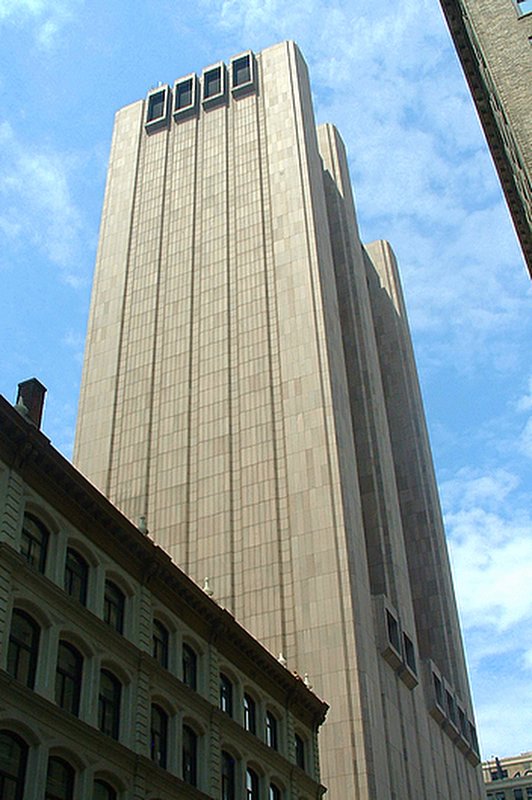Nothing There
Pictured above is Nothing. Yes, there’s some sand or dirt. And a tree or two
and some various shrubs. And yes, there’s a sign there, which technically is
“something,” but if you look closely the sign says “Nothing.” Nothing isn’t nowhere. It’s somewhere. It’s
actually just 22 miles (36 km) southwest of Bagdad.
Here’s a map.
The first thing you’ll notice is that Nothing is in Arizona. (You'll also
probably notice that the Bagdad it’s close to is spelled differently than the
one in Iraq.) It’s a ghost town -- appropriately, no one lives in Nothing. It
was founded in 1977 and while its history is unclear, local legend (per Wikipedia)
claims that it was named by “a bunch of drunks” which seems about accurate
given the jokey name and the similarly jokey welcome sign (below, larger
version here)
that used to greet visitors.
The next thing you’ll note about Nothing is that there is, actually, something
in Nothing. Or, there used to be something -- there was once a gas station
which, on its sign, advertised “Nothing Towing.” But nothing lasts forever.
The failure of Nothing shouldn’t be all that surprising, as the town’s name
accurately describes what is there insofar as infrastructure is concerned.
Nothing isn’t connected the region’s power grid. There is no sewer system nor
any sort of municipal water, either. (And given that Nothing is surrounded by
federally-owned desert, that last part is a big problem.) But despite these
difficulties, Nothing isn't quite in the middle of nowhere. It's off of U.S.
Route 93, which connects Las
Vegas, Nevada to Phoenix, Arizona; if you're making that
relatively-reasonable four and a half hour drive, you're going to pass by
Nothing. Combined with the natural tourist attraction that the town's name
provides, it seems like there’s alway someone who is trying to make
something out of Nothing.
But in general, nothing's doing. The most recent attempt came in 2009, when an
entrepreneur restaurateur named Mike Jensen bought the town -- all six acres of
it -- and tried to establish
a wind and propane-powered pizza joint. (The pizza place should have
used the slogan “you’ve tried pizza with nothing on it, now try Nothing with
pizza on it!” but alas, I wasn’t consulted.) Unfortunately, Jensen’s plans
failed; he estimated that he had to make about $500 a day in Nothing in order
to keep the business afloat, but he made closer to nothing.
Today, Nothing is a barren wasteland of dilapidated buildings and, well,
nothing else.
Source: The ever-entertaining (and not necessarily queer) Now I Know
 I have enjoyed keeping this little blog going since January of last year, but I find that my academic duties -- a recent promotion, thank you for asking -- and other personal projects now demand more time, leaving me less leisure to maintain this site with appropriate regularity. You probably have noticed that posts have become more and more infrequent. This is not because the world has become any less queer, FSM* knows! [I assume you have been following the political campaign in the US of A.] It reflects instead the reality of my limited time.
I have enjoyed keeping this little blog going since January of last year, but I find that my academic duties -- a recent promotion, thank you for asking -- and other personal projects now demand more time, leaving me less leisure to maintain this site with appropriate regularity. You probably have noticed that posts have become more and more infrequent. This is not because the world has become any less queer, FSM* knows! [I assume you have been following the political campaign in the US of A.] It reflects instead the reality of my limited time.


















